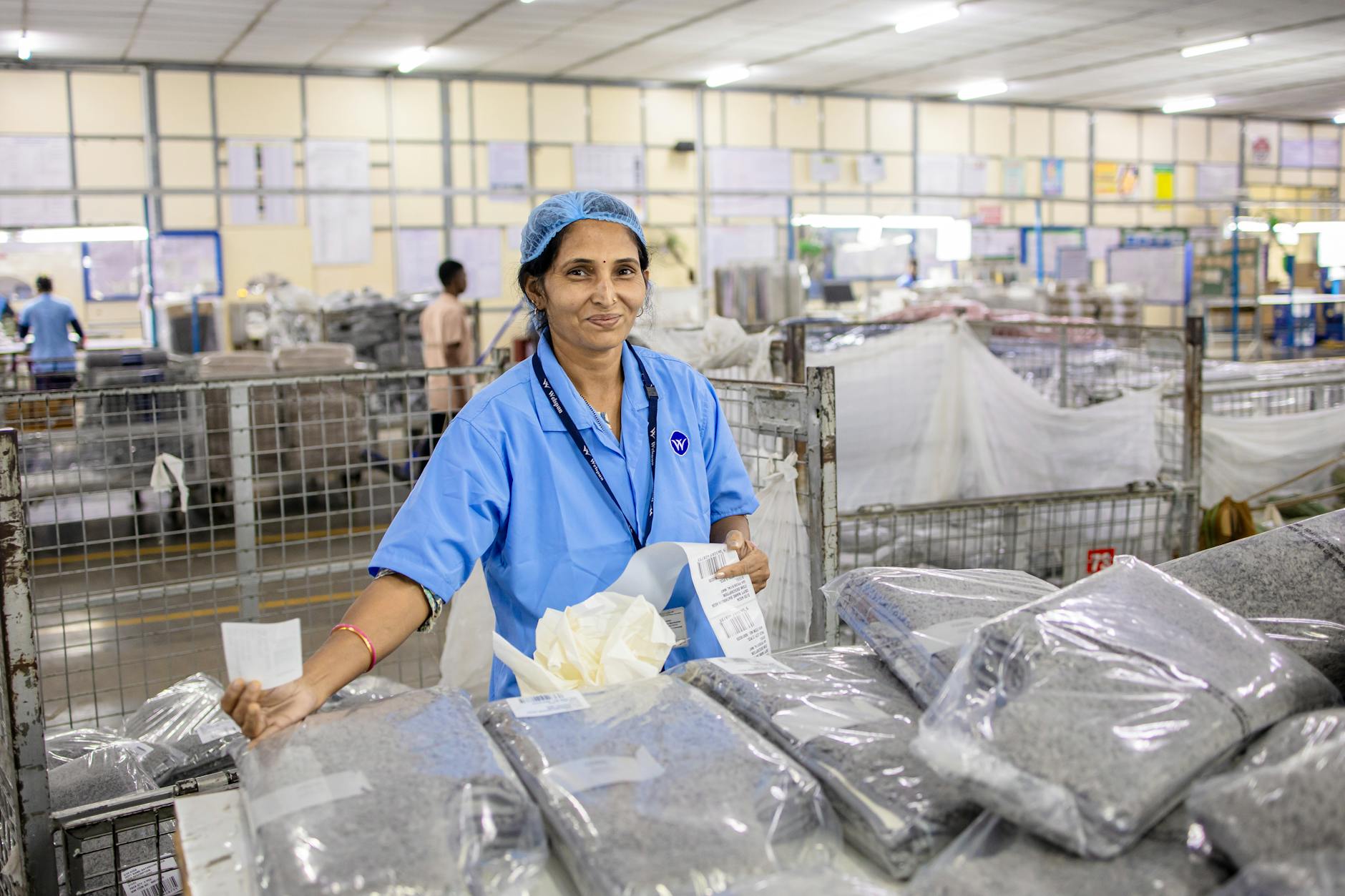India’s Warehouse Boom Hits a Speed Bump—But Here’s Why Investors Aren’t Panicking
Let’s be real—for the past five years, India’s warehousing sector was like that kid in class who aced every test without even trying. E-commerce giants gobbling up space, government reforms smoothing the way, money pouring in from all directions. But lately? Growth isn’t exactly slowing down, but it’s not sprinting either. Land prices are insane (we’re talking 30% jumps in some areas), global markets are shaky, and developers are suddenly being picky about projects. Here’s the kicker though—investors aren’t running for the exits. Nope. They’re actually getting more selective, betting big on India’s long-term potential. Smart move or wishful thinking? Let’s break it down.
How We Got Here: The Warehouse Gold Rush
What Fueled the Boom
Remember when Flipkart and Amazon started their delivery wars? That’s when everything changed. Suddenly, everyone needed massive warehouses—yesterday. Then came GST, which was like removing speed bumps between states for logistics companies. And Make in India? That brought in foreign players looking to set up shop. Before you knew it, big-shot investors like Blackstone were throwing billions at warehouses like they were hotcakes. Can’t blame them—when India’s economy grows, logistics is where the money flows.
The Players Who Shaped the Game
International developers like ESR went all in, while local players scrambled to keep up. Mumbai and Bengaluru became warehouse central, with Chennai and Pune close behind. At its peak, the sector was growing at 20% a year—absolutely wild numbers. Between 2018 and 2022, the amount of Grade-A warehouse space literally doubled. That’s the kind of growth that makes investors drool.
Why Things Are Cooling Off (And Why That’s Okay)
The Reality Check
Here’s the thing—growth was bound to slow eventually. Land prices near cities have gone through the roof, global inflation is messing with everyone’s plans, and let’s be honest, you can only build so many warehouses around Mumbai before running out of space. Developers are now looking at tier-2 cities, but infrastructure there? Yeah, that’s still playing catch-up.
How the Big Players Are Adapting
Gone are the days of “build it and they will come.” Developers are now waiting for tenants to sign up before breaking ground—way less risky. Rents in prime areas have stopped their crazy climb too. As one logistics exec told me: “The low-hanging fruit is gone. Now you’ve got to work smarter.”
Why Smart Money Isn’t Going Anywhere
The New Rules of the Game
Investors aren’t leaving—they’re just getting picky. Fancy warehouses with solar panels, automation, and all those ESG badges? Those are still getting funded no problem. “Companies will pay extra for future-proof spaces,” one fund manager explained to me. Translation? Average just won’t cut it anymore.
The Long Game
Here’s why the pros are staying put: India’s consumption is expected to hit $4 trillion by 2030. That’s a lot of stuff needing storage. Plus, all those government manufacturing incentives mean more factories, which means more warehouses. Big funds from Canada to Singapore are still betting on India. As one analyst put it: “This isn’t the end—it’s just halftime.”
The Hurdles Nobody’s Talking About
The Land Mess
Want to know the real bottleneck? Try getting land near cities without selling your firstborn. One developer near Delhi told me about waiting a year and a half for approvals—by which time construction costs had jumped 15%. Ouch.
Other Headaches
Interest rates are up, making loans pricier. And while e-commerce is still growing, it’s not the rocket ship it was during COVID. “Warehousing needs to look beyond online retail now,” one industry report warned. No kidding.
Where the Smart Money’s Looking Next
Cool Opportunities (Literally)
Cold storage is heating up (ironic, right?) thanks to India’s massive food and pharma sectors. And tech? It’s not just about robots in warehouses anymore—AI systems that manage inventory are becoming must-haves. One startup founder working on rural warehouses told me: “If you’re not upgrading, you’re dying.” Harsh but true.
Policy Wins (And What’s Coming)
The government giving logistics “infrastructure status” in 2021 was huge—easier financing, better terms. Now there’s talk of tax breaks for eco-friendly warehouses. If that happens, we could see enough new warehouse space by 2026 to cover 5,000 football fields. Let that sink in.
The Bottom Line
Look, the warehouse party isn’t over—it’s just grown up. The crazy growth days might be behind us, but that’s not necessarily bad. Investors are playing smarter now, focusing on quality over quantity. Sure, there are challenges (when aren’t there?), but with India’s economy growing, manufacturing picking up, and patient money staying put, this slowdown looks more like a breather than a crash. Or as one old-school investor told me: “Logistics is a marathon, not a sprint. And India’s just getting warmed up.”












